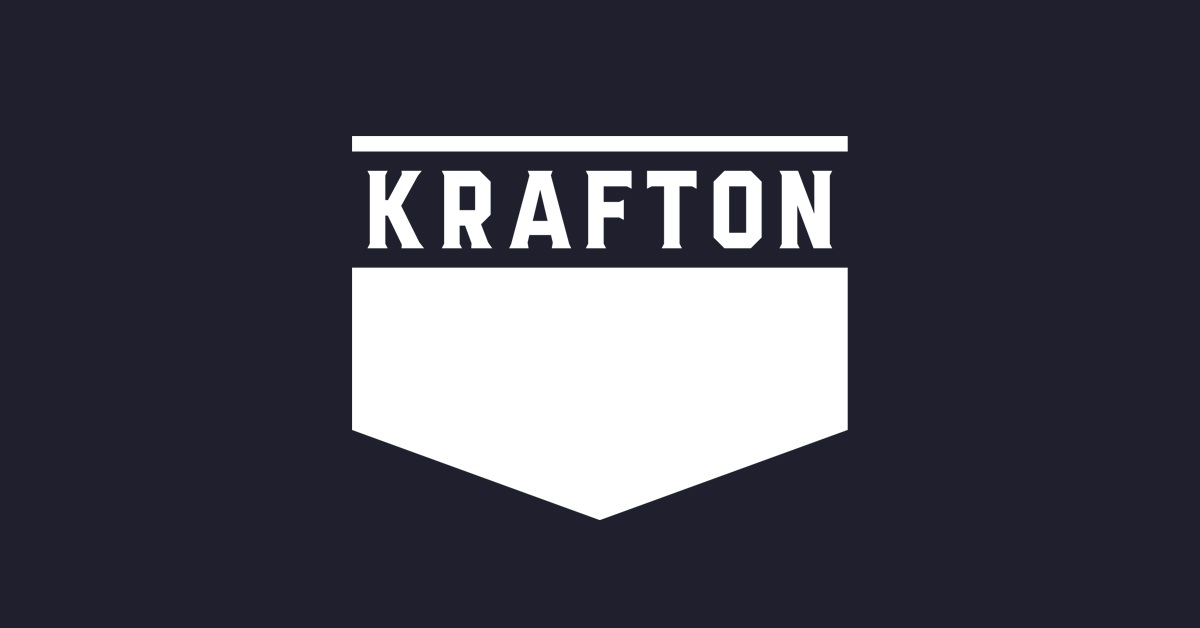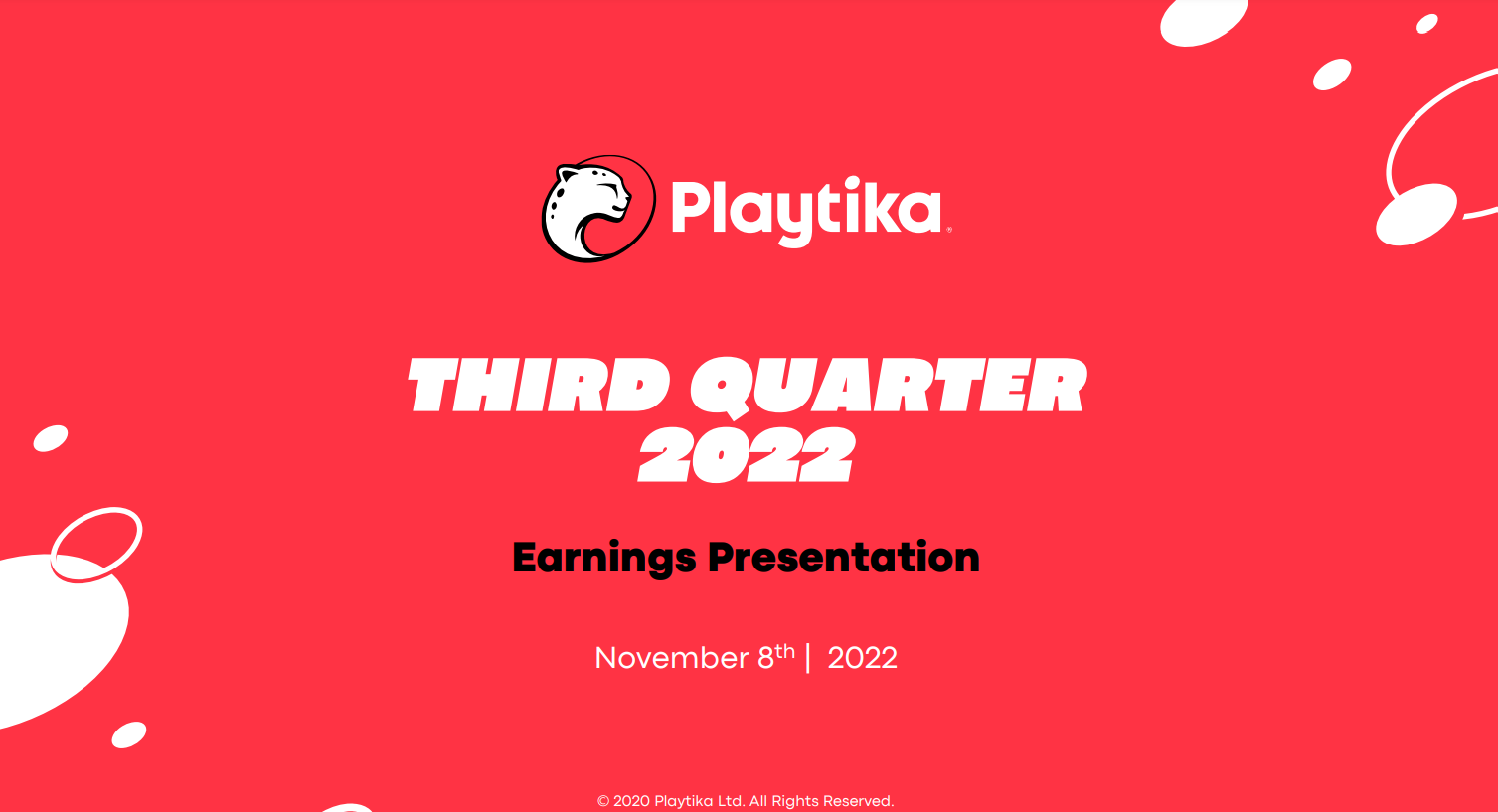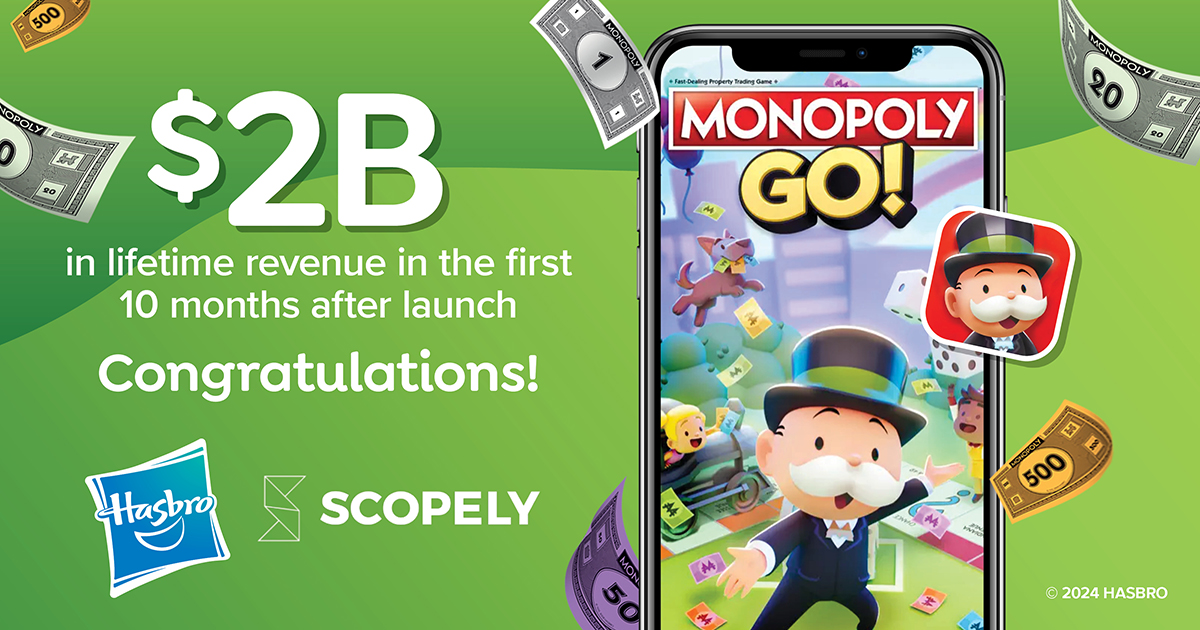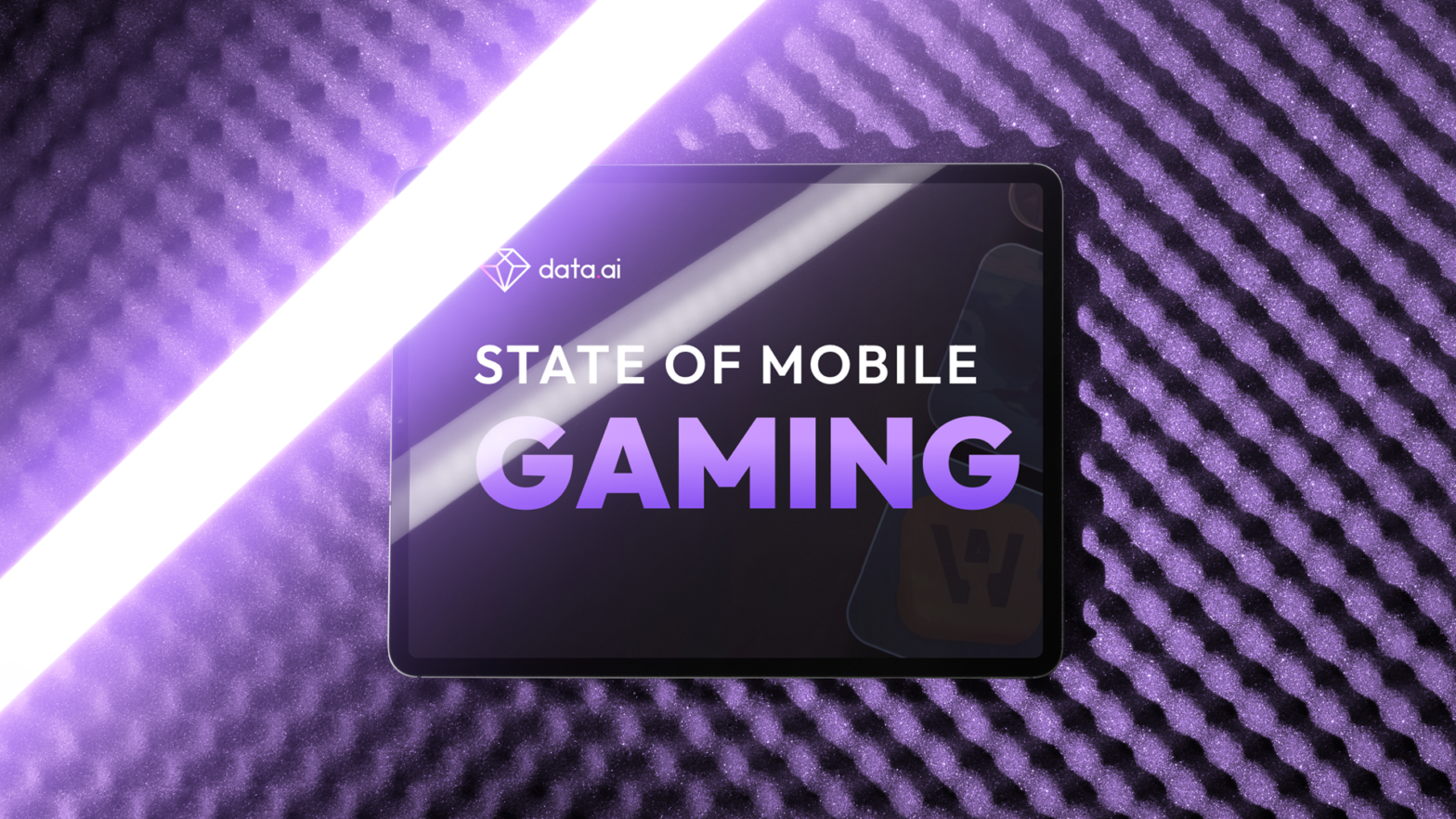The pandemic has been a period of growth for mobile games and has impacted the hyper-casual market. Ivan Fedyanin, the co-founder of hyper-casual studio Ducky, describes the market situation in 2022 in this article.
In the first quarter of 2020, instals increased by 38%, and revenue grew by 25%. The number of downloads in subsequent quarters remained at the same level, and in 2021, revenue reached $109 billion and continued to break records with a growth rate of 17%.
More recently, as part of the pandemic mobile gaming growth trend, the hyper-casual market lost 8.3% in the first quarter of 2022 after growing 13.5% at the end of last year, according to AppMagic research. This was affected by the world’s return to normal after the coronavirus pandemic.
This year’s market won’t show the same growth in audience and time gamers spent playing games as it did in the past. But in the meantime, the hyper-casual niche continues to grow, albeit not as quickly. Verified Market Research predicts that this market will continue to grow from 2022 to 2029.
Three categories of people can benefit from this expansion: developers, publishers and investors. Next, let’s talk about what to look for when it comes to hyper-casual gaming opportunities.
Developers

More and more developers are entering the genre of hyper-casual games. There are several reasons for this.
The low barrier to entry into the genre in terms of team size. Mid-core and hardcore games require teams of developers, designers, analysts, managers, and producers. But for a team in a hyper-casual market, two people will suffice. Often, experienced teams remain small: a few developers and a game designer.
Short development times for these types of games. Complex games take months and years to create, but the hyper-casual market works differently – games are relatively easy to develop. Teams choose one of two approaches to preparing a product for testing. Create a finished game in two weeks, or create a video demonstrating gameplay for CTR tests in two to three days.
They are growing communities and resources for beginners. The simple development of a hyper-casual game attracts people who don’t do design or development. For these newcomers, specialized development engine communities are growing. For example, the popular game engine Unity includes a community of creators at different levels who communicate with each other and share experiences. Developers get helpful information on their Unity channels and the Unity subreddit.
Publishers

To attract and keep users in the game, developers need specialists: in buying traffic, optimizing the store, monetization, localization, testing, and support. A single developer or an indie startup will find it difficult to assemble such teams.
Promoting a game requires financial resources. Platforms used to work so that the game made money from organic content. Today it is rare and more like winning the lottery.
The principle has changed, and game developers today have to buy traffic. But not every team can afford to spend millions on traffic and marketing. That’s why it’s more profitable for developers to cooperate with publishers.
Publishers are trying to grow: they attract developers, hoping for further growth by releasing hits. Developers understand that publishers do help, so publisher teams and demand will also increase.
Of course, developers can self-publish games if they have the experience, traffic sources, and promotional opportunities.
Investors

The hyper-casual market is attracting the attention of investors, and the numbers prove it. According to InvestGame, venture capital and strategy funds invested $3.4 billion in private companies in 287 deals in the first three months of this year. That’s a record-breaking quarter for the number of sales struck.
The hyper-casual market has enticed investors, who recognize that simple games appeal more to consumers because of the rapid immersion in the gameplay.
As some examples of deals made in the hyper-casual market last year, consider Homa Games. The company received a $15 million seed round and $50 million in Series A, and a few months later, Turkish mobile game studio Ace Games raised $7 million in seed funding. Also, in early 2022, Australian company iCandy Interactive acquired a 51% stake in hyper-casual game developer and publisher Storms.
Past and current niche investment deals involving publishers and developers show a shift in interest from gross revenue and growth to actual business margins. Team revenue is growing, but investors are more interested in profitability. The hyper-casual market is seen as a long-term investment.
Conclusion
In 2022, the hyper-casual market will continue to mature. Although no longer surprised by annual download growth, it is still growing and evolving. Participants in this market need to increase efficiency, improve marketing, find attractive partnerships and strive to earn more. This approach will lead to more diversity of ideas and new directions.
Side note: How mobile game developers use e-commerce strategies.
926













 3 minutes
3 minutes








 2 minutes
2 minutes

